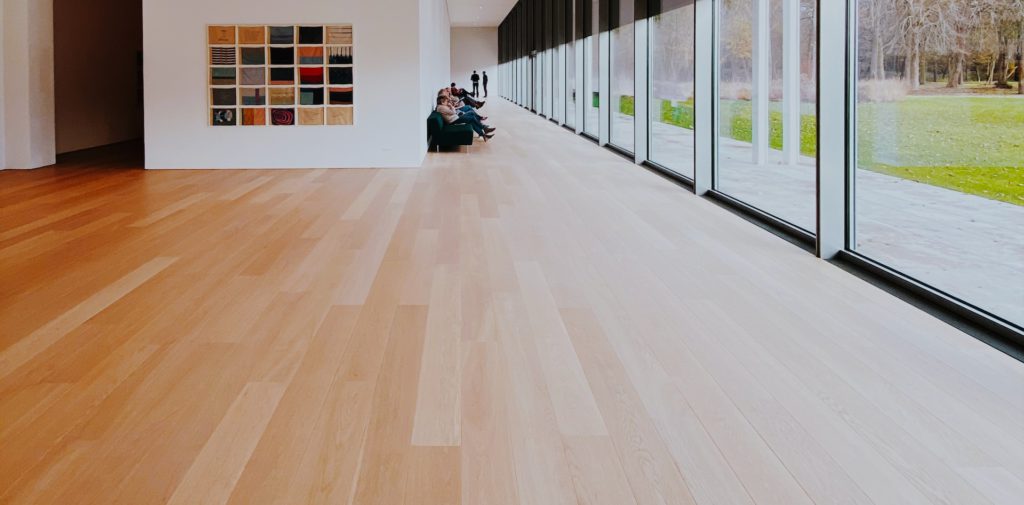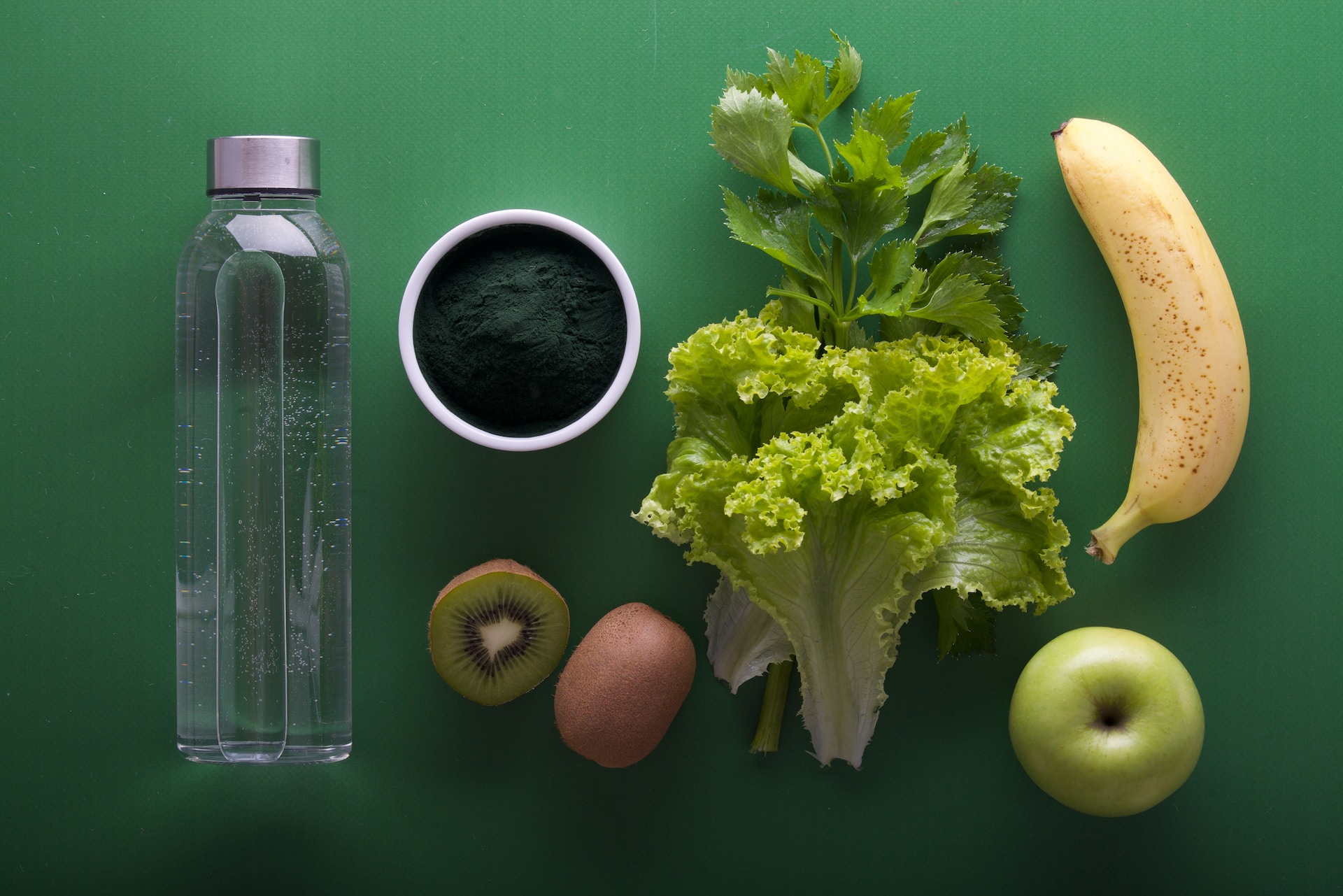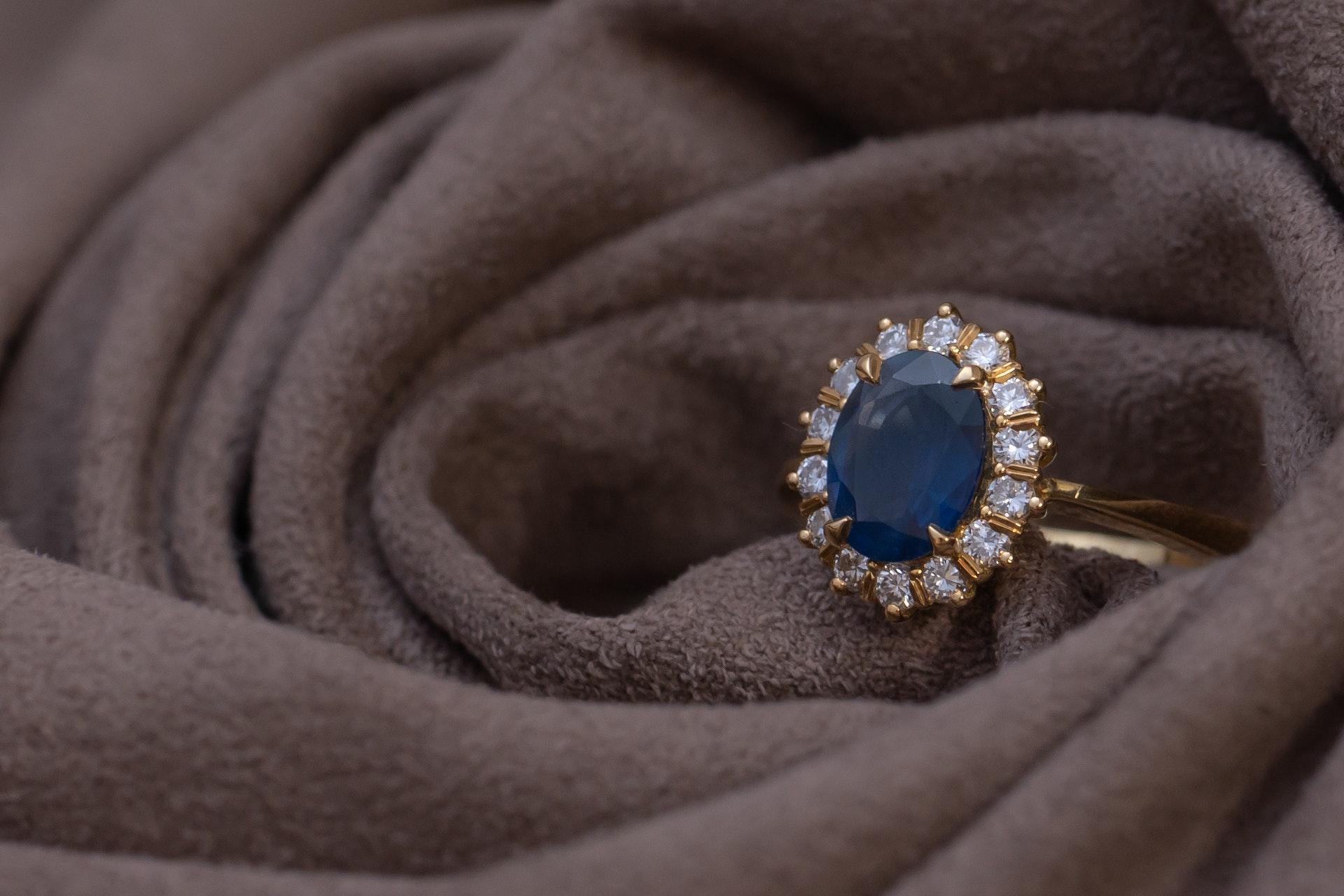Bamboo
This product was recommended by Joe Ferguson from SkirtingsRus
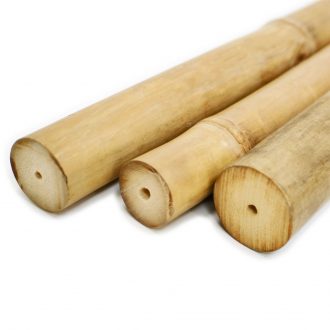
Bamboo is a cheap, sustainable building material. It is readily available and grows quickly, so it can be harvested quickly as well. This makes it an ideal choice for small-scale housing projects. The bamboo used in construction is typically grown on plantations in Asia and Africa, where the climate is warm enough that plants thrive; however, some species of bamboo can also be found in tropical regions in other parts of the world.
Recycled Plastic Lumber
This product was recommended by Nathan Walters from Best Reviews UK

Recycled plastic lumber is an environmentally friendly building material made from recycled plastic. It is durable, water-resistant, and lightweight, making it an ideal choice for outdoor structures. It is also inexpensive and easy to work with, making it an attractive option for builders looking for a sustainable building material.
Sheeps Wool
This product was recommended by Gill Jones from Life Is a Picnic

Due to its crimped nature, wool fibres form millions of tiny air pockets that trap the air and slow the transfer of heat. This is what makes wool a natural insulating material, keeping buildings warm in winter and cool in summer. Sheeps wool is a great cheap and sustainable building material.
Cross Laminated Timber wood
This product was recommended by Andrew Griffith from Garden Furniture

Repairing or renovating a house is always expensive. And before you make this decision, you should look into everything, like whether you are financially capable of having your house renovated or not. It is a must to consider your finances before you do anything. You will only make your house better at a low cost. Your query piqued my interest, and I would like to give some insight into it based on my knowledge and experience in building. Cross-Laminated Timber. Making the most of this renewable resource, cross-laminated wood makes lumber even greener. Dimensional timber is stacked on top of one another perpendicularly to create this material. Each slab is then affixed by the manufacturer using hydraulic presses and adhesives, making CLT more durable than steel pound for pound. One more benefit for sustainability exists with this item. A steel-framed building that has suffered significant damage frequently has no choice but to be completely torn down and rebuilt. On the other hand, workers may dismantle a single portion of a CLT construction, saving time, energy, and resources.
Cork Board Tiles
This product was recommended by Josh Riutta from Mikku and Sons Roofing

Cork is not only a reuseable and renewable material, but it is also lighter in weight. Because of its excellent thermal properties, NASA even uses cork as an insulator.
Metal Roofing
This product was recommended by Drake Johnson from Green Way Homes
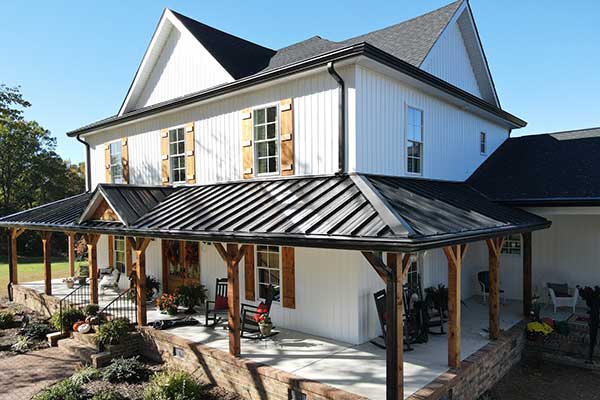
Everyone knows how important a roof is. Asphalt shingles are the standard. They usually only last 20-25 years, even though architectural asphalt shingles are supposed to last 30 years. IMO, the best roof is a Metal Roof and can last 50+ years. I’ve seen metal roofs over 80 years old not leak!
Fiber Cement Siding
This product was recommended by Drake Johnson from Green Way Homes

Vinyl siding seems to be the standard – cheap and easy. It’s also brittle and stores water inside of each lathe. Over time, especially with children, the siding will become damaged and will allow water to get behind it. Instead – Spend a little extra and go with something that will last 30+ years.
Timbercrete
This product was recommended by David Lee from Neutypechic

Timbercrete is an Eco-friendly building material as it is made by mixing sawdust and concrete together. Sawdust is there to replace the constituents within the concrete that uses most of the energy in their production, thus making it a green material. You can easily transport it due to its lightweight. It is found in shapes like blocks, bricks and pavers. It has benefits over clay, brick and concrete as it is a better insulator. It is fire-resistant and durable making it perfect for your home. Eco-friendly building materials are preferable because they reduce the carbon footprint and help you save money by reducing energy consumption.




